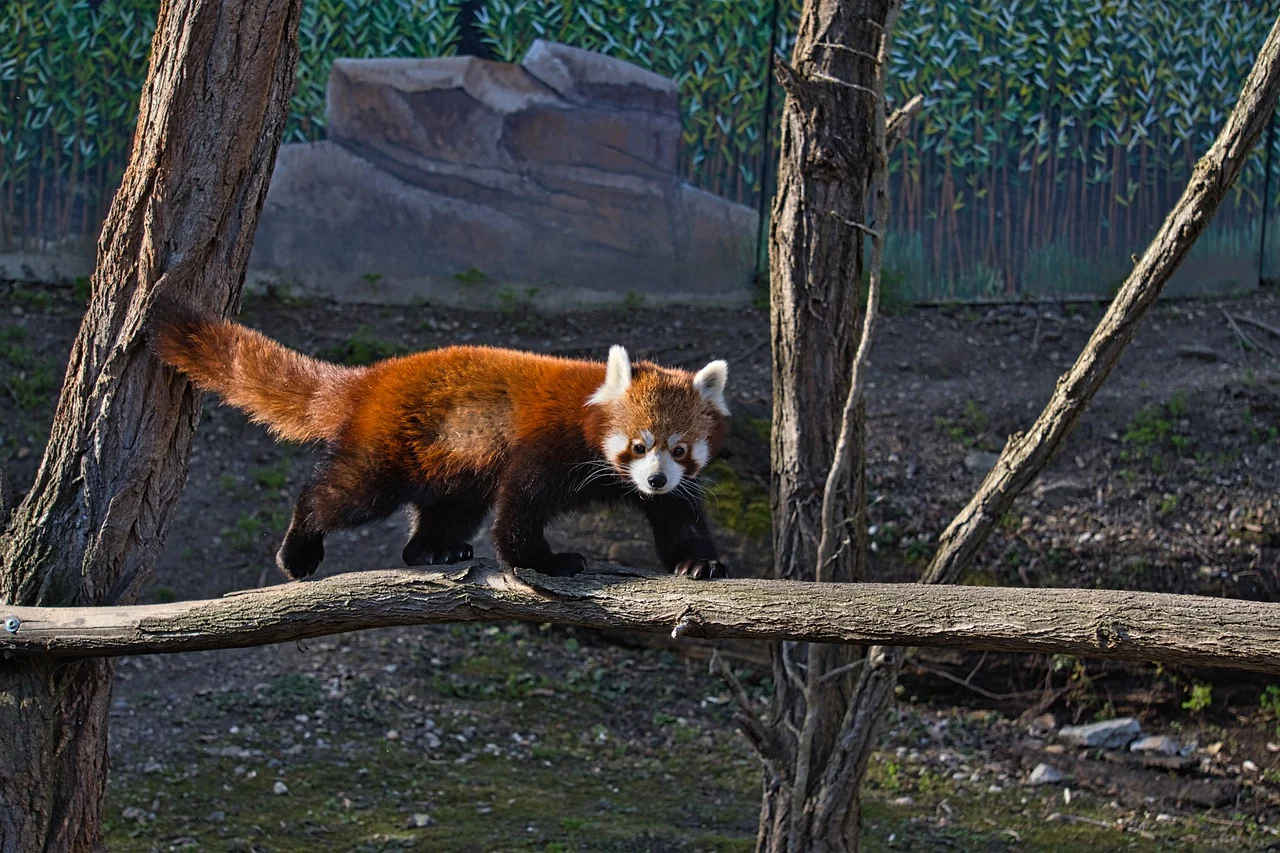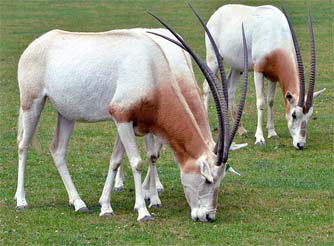Zoos

Endangered Species
Due to human activities (mainly land use), many wild animal (sub-)species decreased in population size, became fragmented, and become (critically) endangered. Of four mammal species, two decline in population size and one is threatened with extinction, with loss of habitat as primary cause. Only deliberate actions can avoid further extinction. For some species, the only option is ex situ conservation, either captive breeding and/or cryo-conservation. If current rate of human populations growth continues (and there is no reason to assume it will not), more species will rely on ex situ conservation for survival.
Within this scenario, two major concerns arise:
1) small populations will lose genetic diversity;
2) captive breeding is costly.

Hence, managing genetic diversity within captive populations is a necessity for (a) getting populations out of a bottleneck and (b) efficient breeding strategies for conservation.
Of four mammal species, two decline in population size and one is threatened with extinction, with loss of habitat as primary cause.
(Schipper et al., 2008)
